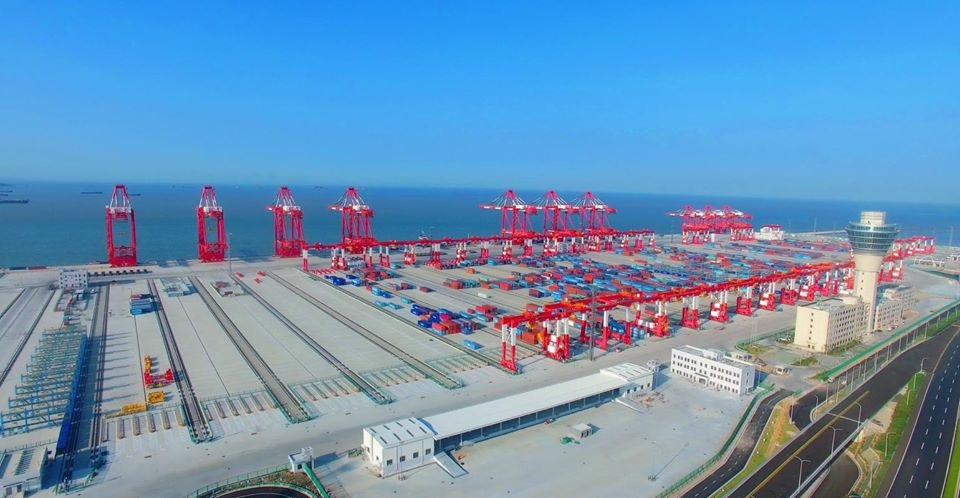Asia container shortage worsens, even for premium services
- A shortage of containers and unexpected demand for delivery by sea has driven a surge in international freight rates in the second half of the year
- The shortfall is driving up costs for some Asian businesses, but proving a boon for Chinese container manufacturers who are running close to full capacity.
The container shortages are so acute, particularly at the Chinese ports of Xiamen, Ningbo, Tianjin and Shanghai, that some vessels are leaving Asia without full loads because there is not enough equipment to be found. Freight forwarders say that container shortages at Asian ports are so severe that carriers with premium trans-Pacific services are sometimes unable to guarantee customers' equipment will be available at the Asian load ports they serve. Several carriers, including APL/CMA CGM, Matson Navigation Co., Zim Integrated Shipping Services, and more recently, Maersk Line, have been offering premium services during the surge in volumes, which guarantee customers equipment and priority loading at Asian ports, shorter transit times, and priority discharge at the US port for premium freight rates. According to NVOs, premium services charge well above $4,000 per FEU to the West Coast, compared with the average spot rate of $3,849 per FEU listed on the Shanghai Containerized Freight Index published on the JOC Shipping & Logistics Pricing Hub. But the inability of carriers to guarantee equipment negates the purpose of the premium service. “Overall, equipment is a huge issue, but the real issue now is getting space,” said Phil Tran, director of international services/North America at APL Logistics.

Limited numbers of containers have been one of the main reasons for a surge in sea freight rates in the second half of the year. But prices have also been affected by unexpectedly strong demand to replenish inventories in North America and Europe, a rush to transport cargo before holiday season and tighter capacity among consolidated carriers due to the coronavirus pandemic. Container manufacturers, on the other hand, expected business to improve for the rest of the year. Container production in China increased by more than 61 per cent from a year earlier to 7.8 million square metres (84 million sq ft), according to the China Machinery Industry Federation. This marked the first time growth had turned positive since August 2018.

